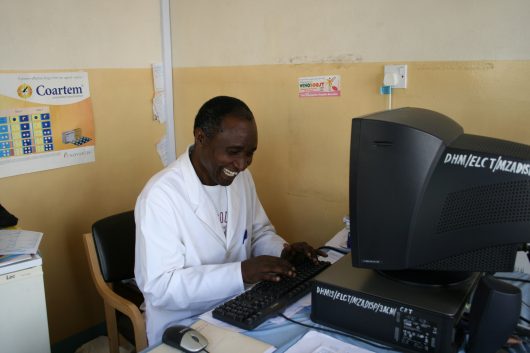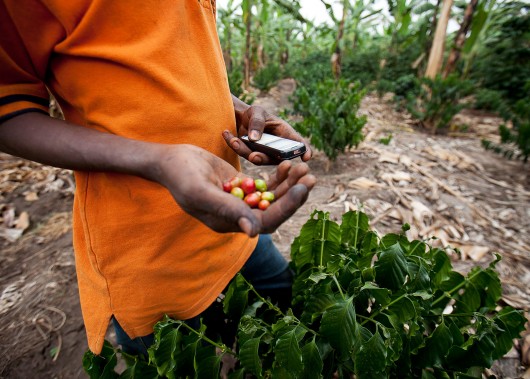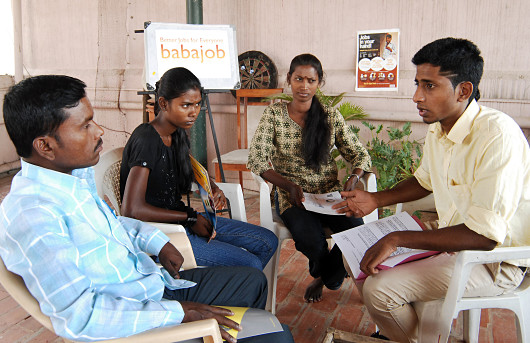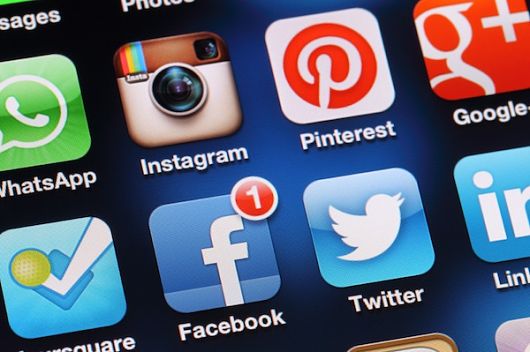
Most of the millennial generation might remember the splash that “Kony 2012” made on the Internet, a video about Joseph Kony forcing child soldiers to fight his wars for him in Uganda. Regardless of the resulting conduct of the filmmaker, the film was a digital phenomenon, shared from every social media platform known at the time. There’s no mistaking the amount of awareness that the video generated. Kony 2012 was one of the first and most viral examples of activism on YouTube.
While bingeing on Netflix or finding the latest funny videos on YouTube can waste the day away, platforms such as YouTube also provide a unique space for creativity, art and passion that can easily be tied to activism and global issues. Whether it is a specific person or an organization, a YouTube channel can be the means to a movement. Below are some channels to get started with bineging on activism on YouTube:
- Jacksgap: While this channel isn’t currently active, all of Jack and Finn Harries’ previous videos remain online, detailing their work and travel to support different charities and issues. Their videos showcase a blend of art and activism that is very well done. Jack Harries is currently traveling in Somalia to study the effects of climate change on the impoverished country.
- The Uncultured Project: Now a charity, this is a channel run by Shawn Ahmed, designed to raise awareness about global poverty, initially while traveling around Bangladesh. He focuses his videos on a problem as well as a solution. Ahmed sends pictures to donors so they can see the direct impact of their donations.
- Vlogbrothers: Brothers Hank and John Green, the latter being a famous young adult author, achieved their YouTube success with the idea of Nerdfighteria, which fights the stigma of “the nerd.” However, they also created the Project for Awesome, a way for their subscribers to advocate for charities by making their own videos.
- Engage by Uplift: This channel advocates against sexual violence in all of its different forms. It seeks to educate and raise awareness for the various aspects of the issue and calls its viewers to action in every video. In terms of activism on YouTube, this channel is upfront and consistent.
- Tyler Oakley: Oakley focuses on LGBTQ activism by working with The Trevor Project, a nonprofit focused on suicide prevention. Besides its activism on YouTube, his channel includes plenty of fun and light videos as well as collaborations with other users to keep viewers entertained.
While this is certainly not a comprehensive list, this list provides a basic starting point for seeing what activism on YouTube has to offer. Social media is a major part of life in modern society, and these channels have used it to make a change.
– Ellie Ray
Photo: Flickr



 Nowadays, it seems everything can go viral on the Internet in seconds, from a social justice movement to a funny cat video. But what do people in developing countries do to share ideas, ask questions and communicate with their peers who live in remote areas without the Internet as a permanent fixture in their lives?
Nowadays, it seems everything can go viral on the Internet in seconds, from a social justice movement to a funny cat video. But what do people in developing countries do to share ideas, ask questions and communicate with their peers who live in remote areas without the Internet as a permanent fixture in their lives?
 Everyone knows that education plays a critical role in unlocking a successful future, but that education does not need to be earned in a schoolhouse. Especially if the closest schoolhouse is several miles away and lacking pencils and paper. Online classes are not particularly new; online degrees became available in the United States in the mid-’90s however as technology began to flourish so did the popularity of distant learning programs.
Everyone knows that education plays a critical role in unlocking a successful future, but that education does not need to be earned in a schoolhouse. Especially if the closest schoolhouse is several miles away and lacking pencils and paper. Online classes are not particularly new; online degrees became available in the United States in the mid-’90s however as technology began to flourish so did the popularity of distant learning programs.


